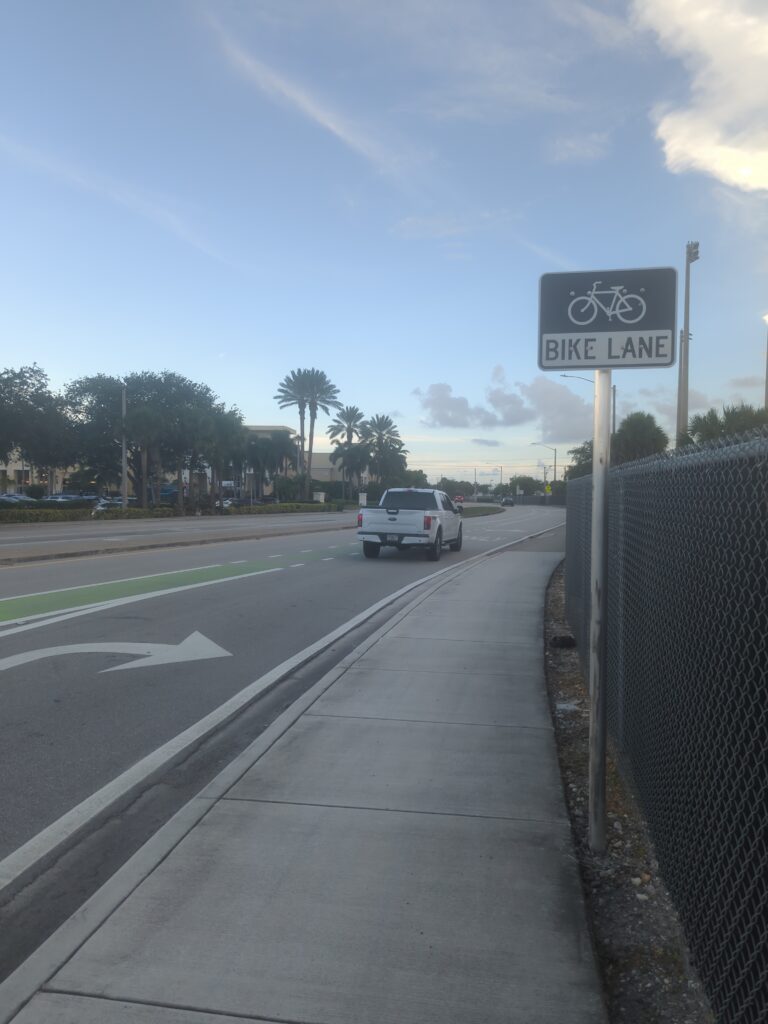7 Misunderstood Benefits of Bike Commuting – Getting Started
Introduction
Did you know that regular bike commuters have a 45% lower risk of developing cancer and are on average 4.6 pounds lighter than car-commuters? I’ve been commuting by bike for over five years now, and the transformation in my life has been nothing short of remarkable! From saving bills to dropping weight, or conquering the traffic, the benefits of swapping car trips for biking has changed everything immensely. Whether you’re considering making the switch to save money because your car broke-down / save a car trip, looking for a convenient way to incorporate fitness into your busy schedule, or simply wanting to reduce your carbon footprint, commuting by bike offers an impressive array of advantages that extend far beyond just getting from point A to point B. It’s been unstoppable for me in urban areas. Let’s explore how this simple change in your daily routine could revolutionize your life in ways you might not have imagined!
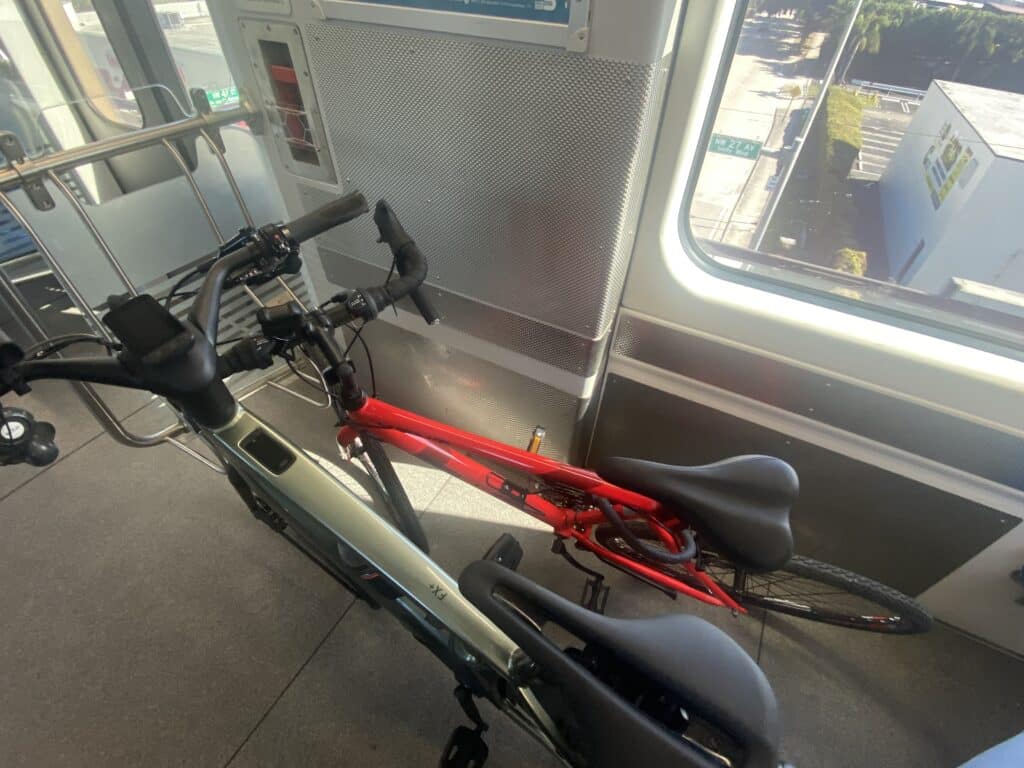
Physical Health Benefits of Bike Commuting
Who knew I’d get around everywhere by bike, going to work while in College, getting to downtown events, going to Miami, but here I am, three years later, and my body has never felt better! When I first started commuting by bike, I was just trying to save money on gas and car maintenance. Little did I know I was basically sneaking in a workout twice a day without having to pay for a gym membership.
The thing that blew my mind about bike commuting is how it’s basically two-for-one: transportation AND exercise. My 6-mile commute each way burned about 300-400 calories per trip, which adds up to around 3,000-4,000 calories a week just from getting to work! That’s basically a pound of fat every week without even trying. No wonder I dropped 15 pounds my first year without changing my eating habits at all, especially when you find yourself fighting through those tough intersections.

Me on one of my 6 miles commutes through the urban area to the suburban area.
The leg strength gains were pretty obvious right away. The light hills, even in Florida? They’re still challenging, but nowhere near as bad. What surprised me was how much core strength I developed. Your abs and back are constantly engaged when you’re balancing and steering, especially when navigating through traffic or making quick turns. After about three months, I noticed my posture had improved dramatically, even when sitting at my desk, I have a road-bike and a hybrid bike and I noticed the difference immediately when sitting down.
Let me tell you about the respiratory benefits – they’re no joke. Before biking, I’d get winded just climbing a few flights of stairs. That embarrassing heavy breathing? Gone. My endurance has improved so much that when I went riding with friends on my road-bike, I was looking back waiting for them to catch up! Research shows that cycling increases respiratory muscle endurance capacity by 12 %, and that’s without creatine and protein powder.
The long-term health benefits still amaze me. According to a massive study that followed over 260,000 people, those who commuted by bike had a 41% lower risk of dying during the study period compared to those who drove or took public transit. The cardiovascular benefits are massive – regular cyclists typically show resting heart rates 10-15 beats lower per minute than non-cyclists. My doctor actually commented on how my blood pressure had dropped from borderline high to completely normal after just six months of bike commuting.
One thing nobody warned me about? I had to buy new pants, the reason might surprise you! I ripped the back of most of my jeans, and even my sweatpants. It’s a weird but awesome problem to have. And while I’m not a doctor, the research I’ve read suggests that regular cycling can reduce your risk of type 2 diabetes by up to 19%. Pretty awesome return on investment for something that’s basically just a different way to get to work, right?
Mental Health and Cognitive Benefits
The thing about biking I learned is it propels your brain, placing you in type 2 consciousness instead of just type one. When I started biking to work, something weird happened – I actually became a morning person! Well, sort of. The first week was rough (who am I kidding, I wanted to quit), but by week three, I noticed I was arriving at work with my brain already firing on all cylinders.
That morning ride kicks your brain into gear like nothing else. There’s actual science behind this – exercise increases blood flow to your brain and triggers the release of brain-derived neurotrophic factor (BDNF), which is basically miracle-grow for your brain cells. I’m not making this up! On days when I drive instead of bike, I can feel the difference in my focus and problem-solving abilities.
The stress relieving effects of bike commuting might be my favorite benefit. My old commute in bumper-to-bumper traffic had me arriving at work already frustrated. Now, even after a challenging ride, I feel this wave of calm wash over me when I arrive. Those endorphins are no joke! They’re like nature’s stress relievers. Even on days when work is completely bonkers, having that bike ride to look forward to at the end of the day helps me manage stress better.
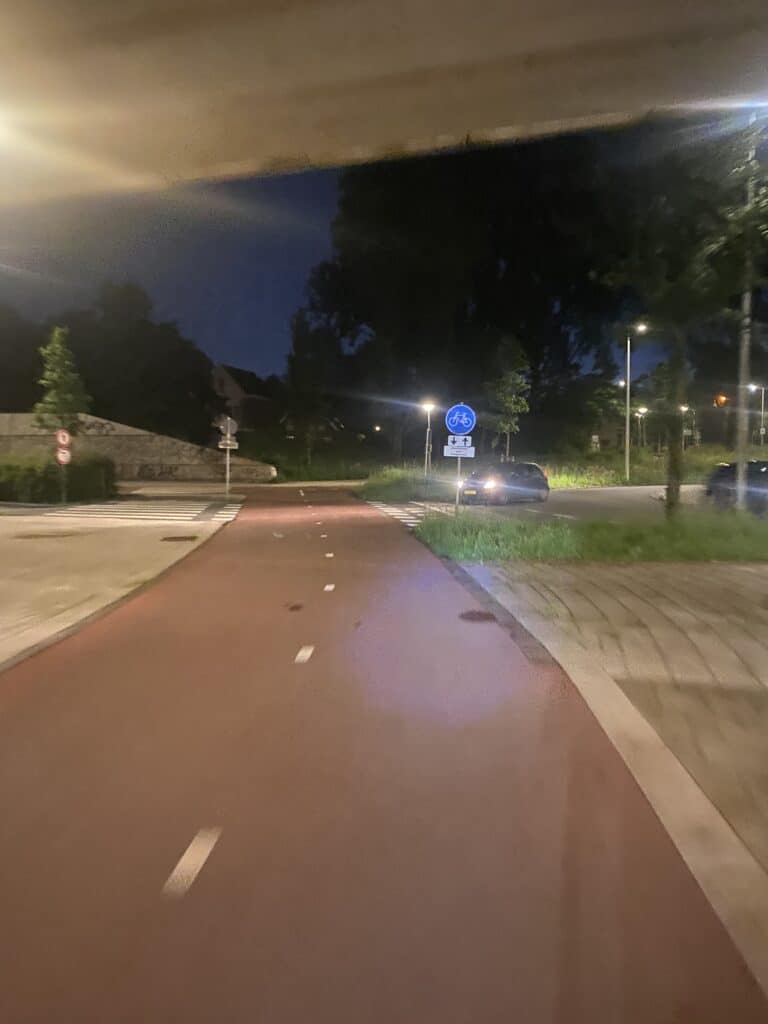
I’ve struggled with mild anxiety for years, and while I’m not saying cycling is a miracle cure, the improvement has been noticeable. Research backs this up too – a study from the University of Illinois found that just a 5% increase in cardio-respiratory fitness from cycling led to a 15% reduction in anxiety. My therapist actually mentioned that consistent aerobic exercise can be as effective as medication for some people with mild to moderate depression.
Here’s something I never expected – I sleep better now! Getting natural sunlight during my commute, especially in the morning, has completely reset my body clock. Before, I’d toss and turn until midnight, then drag myself out of bed feeling like a zombie. Now I naturally get tired around 10 PM and wake up refreshed. The science here is fascinating – morning sunlight exposure helps regulate melatonin production, which controls your sleep cycles.
The mindfulness aspect of cycling might sound a bit woo-woo, but it’s real. When you’re biking, especially in traffic, you can’t be scrolling through social media or worrying about that project deadline. You have to be completely present, aware of your surroundings, feeling the air on your face, listening to the sounds around you. It’s like accidental meditation. I’ve found this carries over into other parts of my life – I’m more present in conversations and better at focusing on one task at a time.
Some mornings, especially in winter, it takes serious mental strength to choose the bike over the car. But I’ve never once regretted it after I’m on the road. Not once! And trust me, that mental resilience has spilled over into other challenges in my life. When things get tough, I remind myself, “If I can bike eight miles in freezing rain, I can definitely handle this spreadsheet.”
Financial Advantages of Bike Commuting
I never really did the math on my car expenses until I started bike commuting, and let me tell you – the numbers shocked me! My first “aha” moment came when I realized I was spending nearly $250 a month just on parking downtown. That’s $3,000 a year literally going up in smoke just to leave my car sitting somewhere all day!
Gas was another eye-opener. My 12-mile round trip commute was costing about $60-$80 weekly depending on gas prices. That’s roughly $3,120-$4,160 annually just to fuel my commute! And I’m not even counting the weekend driving. When I switched to biking, those costs disappeared almost entirely. I still own my car for longer trips and bad weather days, but my gas consumption dropped by about 70%.
Vehicle maintenance savings snuck up on me. Cars need oil changes, new tires, brake jobs, and all those little repairs that seem to pop up at the worst times. According to AAA, the average annual cost of maintaining a mid-sized sedan is about $1,200. In comparison, I spend about $150-$200 yearly on bike maintenance – new chains, small accessories, occasional tune-ups, and the rare flat tire repair. That’s an 85% reduction in maintenance costs!
The total financial picture is pretty staggering. Between gas + tolls ($3,800 ), parking ($200 – 300), reduced maintenance ($1,000), and lower insurance from driving less ($400), I’m saving roughly $8,200 per year by biking to work most days! That’s a decent vacation or a solid contribution to retirement. Some of my other friends went more than car-light going car-free, eliminating car payments and insurance altogether, saving them $5,000-$10,000 more annually switching to an e-bike.
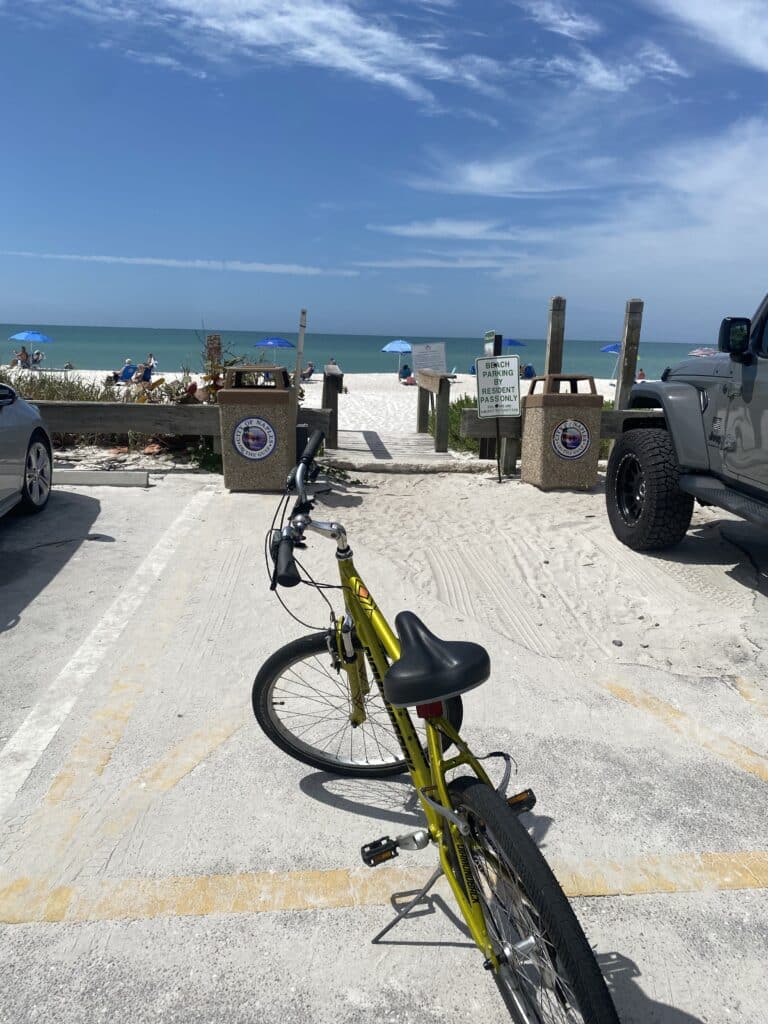
How much do you bet I saved biking to the beach?
Here’s something most people don’t know – there are actual tax benefits for cycling commuters in some places! The Bicycle Commuter Benefit can provide up to $20 per month ($240 annually) tax-free reimbursement for bicycle-related expenses through some employers. It’s not huge, but it’s essentially free money for doing something you’re already doing. Worth checking if your workplace offers this benefit!
What about the initial investment? A very good commuter bike might cost $500-$1,500, plus maybe $200-$300 for good accessories (lock, lights, helmet, panniers). Seems expensive until you realize that’s less than two months of the car commuting costs you’re eliminating. I broke even on my initial $800 investment in less than six weeks. There’s also low-end bikes, but I recommend paying the premium to have more than plastic.
The healthcare savings are harder to calculate but potentially massive. Studies show that regular cyclists have 10% fewer sick days and save an average of $1,100 annually in healthcare costs. Another strange thing is I personally noticed my pharmacy bills dropped after I started cycling regularly, getting vitamin D helps a lot being outside for a long percentage of time and I don’t need to take as many pills, even OTC because I already get the energy from being outside.
The financial benefits compound over time in ways I never expected. My car is now over 10 years old but has the mileage of a three-year-old vehicle, which means it’ll last longer and have higher resale value. I’ve also found myself making healthier food choices (which saves on future healthcare costs) and drinking less alcohol after work (another savings). It’s like a positive financial snowball effect!
Environmental Impact of Choosing Bikes Over Cars & Why It Matters
After crunching some numbers on my own carbon footprint, I was pretty stunned by the difference that switching to bike commuting has made. According to research from the European Cyclists’ Federation, a typical car emits about 271g of CO2 per passenger-kilometer, while a bicycle produces just 21g (mostly from the food needed to fuel the cyclist). That means my 12-mile daily round-trip commute by bike instead of car saves roughly 5.5 pounds of CO2 emissions every single day!
When you multiply that over a year, it adds up to about 1,320 pounds of carbon dioxide I’m not pumping into the atmosphere. As someone who thinks about nature everywhere he goes in his life, think about it this way, that’s roughly equivalent to the carbon taken by 15 mature trees in a year. And I’m just one person! In cities where cycling rates are high, like Copenhagen where about 40% of commuters bike, the collective environmental impact is massive – they’ve estimated a reduction of 90,000 tons of CO2 emissions annually from cycling, working out pretty well for a place that has a lot of cyclists. (Trust me, don’t feel overwhelmed as this became my average.)
The traffic congestion reduction is something I witness firsthand every day as I zip past long lines of cars stuck at stoplights. It’s pretty satisfying, I’m not gonna lie! Turns out 10% of car trips with bike trips can reduce traffic congestion by up to 40% in dense urban areas. Why such a big difference from a relatively small change? Because bikes take up way less space – you can fit about 10 bicycles in the parking space needed for one car. A mall near me added a parking space for biking, it now accommodates multiple bikes instead of one car!
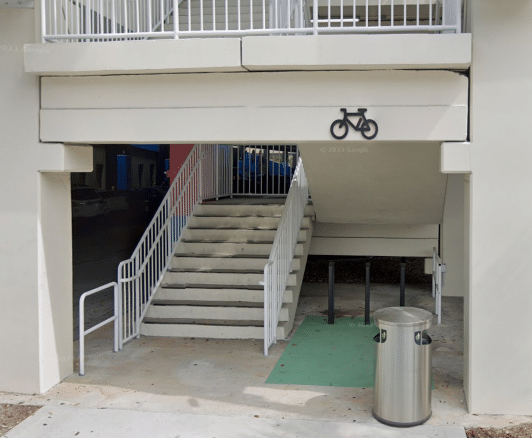
Something I never considered before becoming a bike commuter was noise pollution. Cars are LOUD, and that constant background noise actually impacts public health. Research has linked traffic noise to increased stress, sleep disturbances, and even cardiovascular problems. Every bike that replaces a car makes our cities a little quieter and more pleasant. Even for your own life, you can find entire routes that you cannot take by car that are only commutable by bike such as multi-use trails or bike-trails which quiet your life in a large way. That sense of calm when you’re not surrounded by engine noise is really noticeable.
Perhaps the most unexpected environmental benefit I’ve noticed is how cycling has changed my other habits. Once you start commuting by bike, you become more aware of other environmental choices. I found myself carrying reusable bags more often, being more mindful about food waste, and even changing my shopping habits to support more local businesses along my route. There’s something about physically powering yourself through your environment that makes you feel more connected to it and more invested in protecting it.
Some of my coworkers thought I was a bit crazy for biking through winter at first. Now, three of them have started bike commuting too! That ripple effect is powerful. Research shows that visible cycling infrastructure and seeing others bike commuting are the biggest factors in getting new people to try it. So every day I ride, I might be inspiring someone else to make the switch too, multiplying the environmental benefits.
Time-Efficiency and Productivity Benefits
I used to think biking to work would take forever compared to driving. What a misconception that turned out to be! My 6-mile commute by car supposedly takes 20 minutes according to GPS, but that’s pure fantasy once you factor in real-world traffic. In reality, it was taking 35-45 minutes on most days. My bike commute? A consistent 30 minutes door-to-door, every single time. During rush hour, I’m actually faster on my bike than in my car!
The predictability of bike commuting is something I never expected to value so much. When I drive, I might arrive anywhere from 8:45 to 9:15, depending on traffic accidents, construction, or just random congestion. On my bike, my commute give or take 2 minutes, every single day. I can plan my morning precisely without building in that “traffic buffer” time. That predictability reduces my stress levels significantly and has made me more punctual for morning meetings.
The time-saving magic of combining my commute with my workout has been life-changing for my busy schedule. Before, I’d spend 40 minutes driving to work, then try to squeeze in a 45-minute gym session either during lunch or after work. Now my 30-minute bike commute each way IS my workout! That’s an extra 55 minutes I get back in my day. As a parent with two kids in different activities, those reclaimed minutes are precious!
The productivity boost from morning cycling has been documented in research, and I can confirm it’s real! A study from the University of Bristol found that employees who exercised before work or during lunch hours reported a 21% increase in concentration and a 41% increase in motivation to work. I used to spend the first hour at my desk slowly waking up with coffee. Now I arrive energized and ready to tackle the most challenging tasks immediately. My boss has actually commented on how my output has improved since I started bike commuting.
Parking downtown used to be my daily nightmare. The 10 minutes circling the garage looking for a spot, the long walk from the far corner where I eventually had to park, the frustration when someone took “my” spot – all gone! Now I roll right up to the front door of my building where the bike racks are located. No parking fees, no validation needed, no time wasted. Even on rainy days when more people drive, my commute time stays exactly the same while my car-commuting colleagues face even worse traffic and parking challenges.
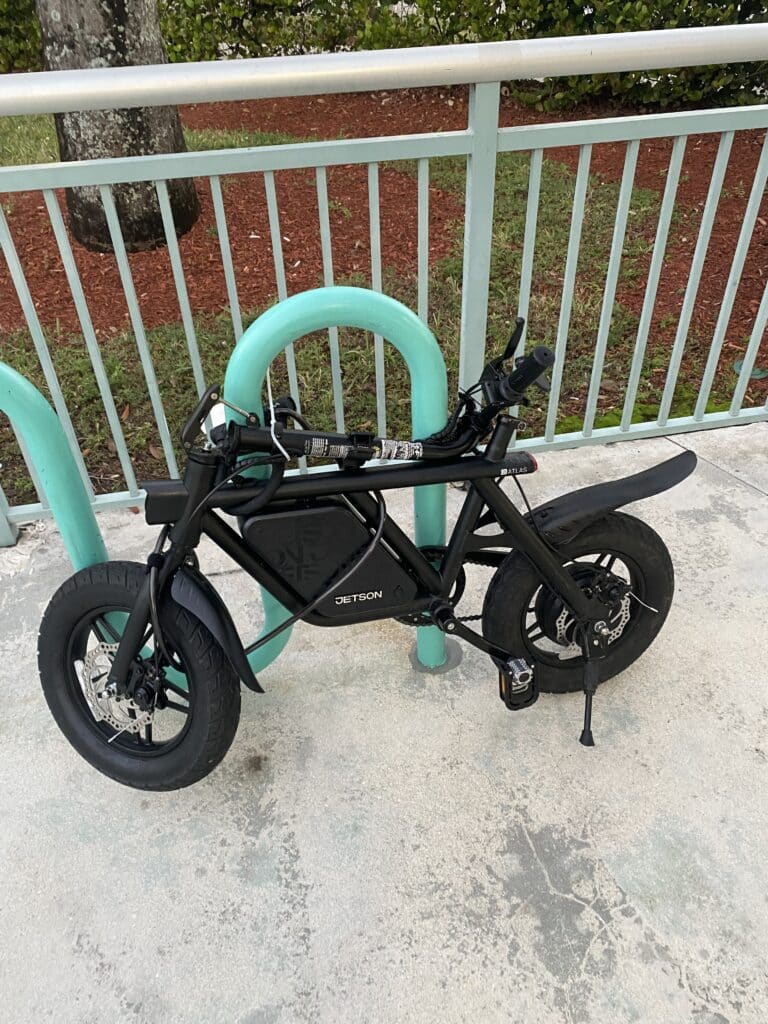
The mental clarity I get from biking is perhaps the most underrated productivity benefit. There’s something about the physical activity and being out in the open air that helps me process problems and come up with solutions. I’ve solved challenges with school-work, and other materials that stumped me for days. Whatever the reason, I arrive with a clearer head and better ideas.
Traffic jams used to eat away at my family time and patience. Nothing’s worse than sitting in standstill traffic knowing your kid’s soccer game started 10 minutes ago. On my bike, I sail past those same traffic jams with a bit of smug satisfaction (I admit it!). The consistency means I can reliably tell my family when I’ll be home, and I arrive less stressed and more present for them. That’s a productivity benefit that doesn’t show up in workplace statistics but matters enormously to my quality of life.
Getting Started: Tips for New Bike Commuters
When I first decided to start bike commuting, I was completely overwhelmed by all the options. What kind of bike? What gear? Would I get hit by a car? Five years and thousands of miles later, I’ve learned a few things that would have made my start much easier.
Let’s talk bikes first. You don’t need a fancy carbon road bike or an expensive mountain bike for commuting! I made that mistake and bought a racing-style road bike that was uncomfortable for daily use. A hybrid bike is usually your best bet for city commuting – they have a more upright position that lets you see traffic better, slightly wider tires that handle potholes and gravel, and they’re typically more affordable ($400-700 for a solid starter). If your commute includes public transit or limited storage space, consider a folding bike. They’ve improved tremendously in recent years.
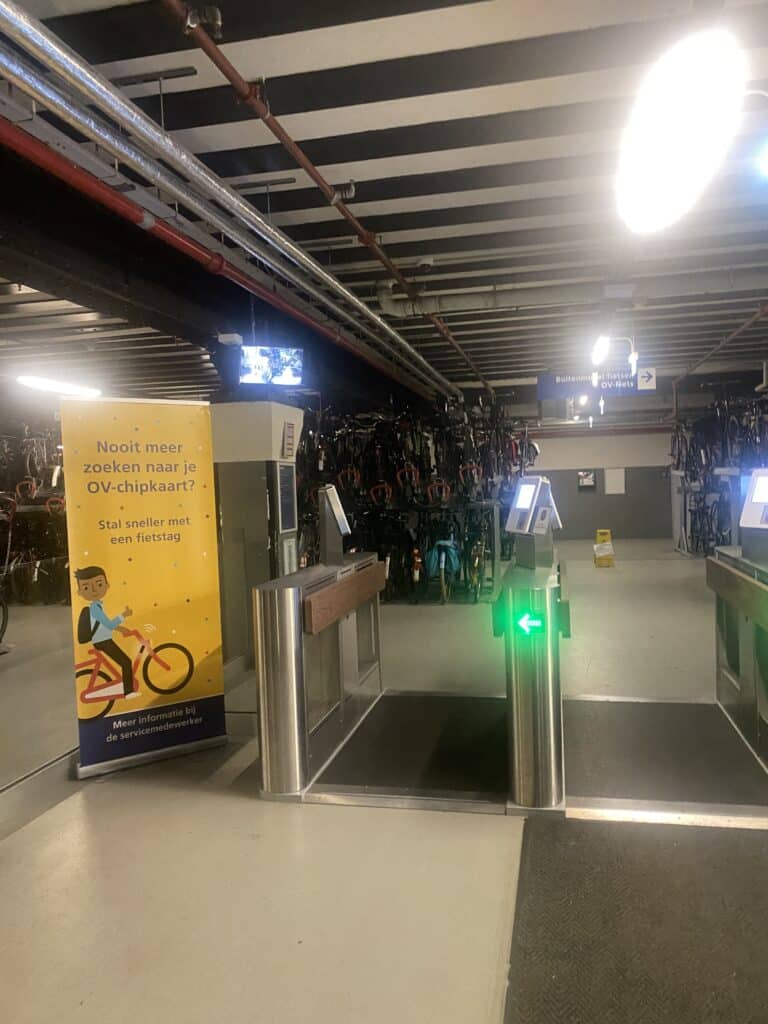
For essential gear, don’t skimp on these items: a properly fitted helmet (it should be snug but not painful), front and rear lights (even if you don’t plan to ride at night), a sturdy lock (U-locks are worth the extra weight), and some way to carry your stuff (backpack, panniers, or basket). Rain gear is also clutch if you live somewhere with unpredictable weather. One thing I wish someone had told me – padded bike shorts make a HUGE difference in comfort, even for shorter commutes.
Route planning is arguably more important than the bike itself. The shortest route is rarely the safest or most pleasant. I spent my first month battling heavy traffic on main roads before discovering a network of side streets that added just 5 minutes but reduced my stress level by about 90%! Google Maps’ cycling directions are decent, but apps like Strava can show you heat maps of where other cyclists actually ride. Even better, ask local cyclists about their routes – most of us are super happy to share our hard-earned knowledge.
My first route-planning mistake was prioritizing speed over safety. Trust me, it’s better to add 10 minutes to your commute than to white-knuckle it through dangerous intersections! Look for roads with bike lanes, neighborhood green-ways, or low traffic volumes. And don’t forget to test-ride your route on a weekend before trying it during rush hour.
Weather was my biggest concern when starting out. What if it rains? Snows? Gets too hot? The secret I’ve learned is that proper gear solves about 80% of weather problems. For rain, a good waterproof jacket, pants, and shoe covers make a huge difference. For cold weather, it’s all about layers – you warm up quickly when cycling, so you need the ability to adjust. The old saying “There’s no bad weather, just bad clothing” is mostly true for bike commuting.
Don’t try to become a daily bike commuter overnight! My approach was to start with just one day a week, then gradually increase. This gives your body time to adjust and builds your confidence. When I started, even my 6-mile commute left me exhausted. After a few weeks of consistent riding, it became easy. Remember that everyone starts somewhere – even those super-fit cyclists you see zooming past were beginners once.
For longer commutes, combining cycling with public transit is a game-changer. Most buses and trains now have bike racks or allow bikes during certain hours. This can help you overcome challenging sections of your route or just reduce the total distance. My colleague lives 15 miles from work – way too far for daily riding – but she bikes 3 miles to the train, takes that most of the way, then bikes the final 2 miles. She gets the benefits of cycling without the exhaustion of a mega-commute.
Finally, don’t be discouraged if you have a bad experience. My first week included getting caught in a downpour without rain gear and almost getting doored by a parked car. But I stuck with it, learned from those experiences, and now those problems rarely happen. The benefits are worth the learning curve, I promise!
Conclusion
The benefits of commuting by bike extend far beyond what most people initially consider. From transforming your physical health and boosting your mental well being to padding your wallet and protecting our planet, cycling to work is truly a life-enhancing choice. Even starting with just one or two days a week can lead to significant positive changes in your life. Why not give it a try this week? Your body, mind, bank account, and the environment will all thank you! Remember, every pedal stroke is a step toward a healthier, happier you and a more sustainable world for all of us. If you want to take the next step though, make sure to click here to learn how to take urban cycling to the next level.

